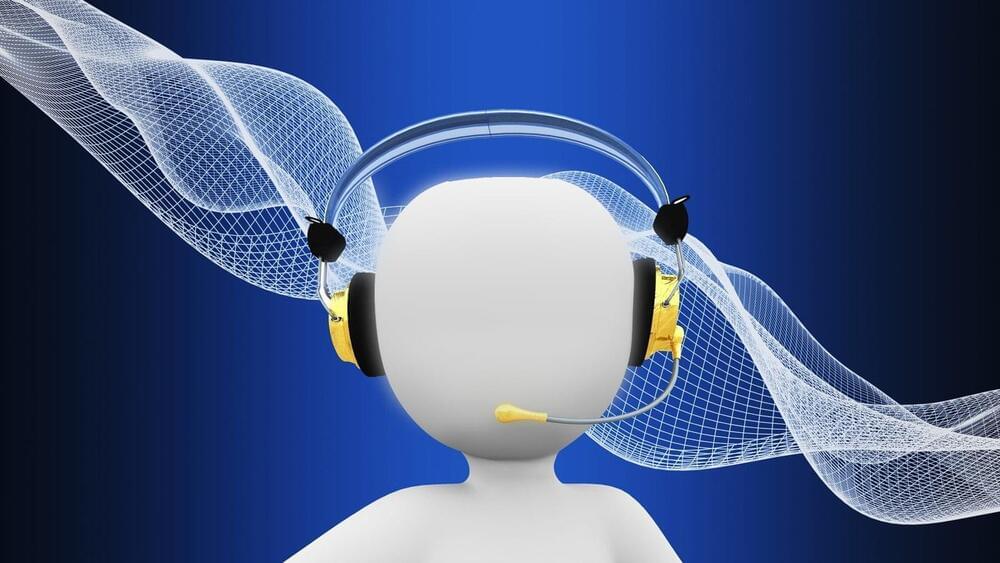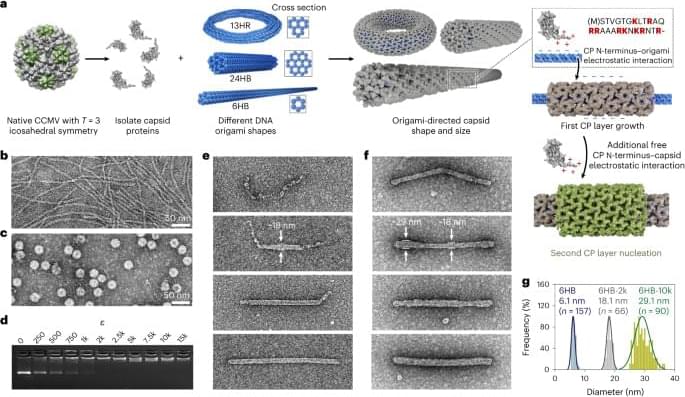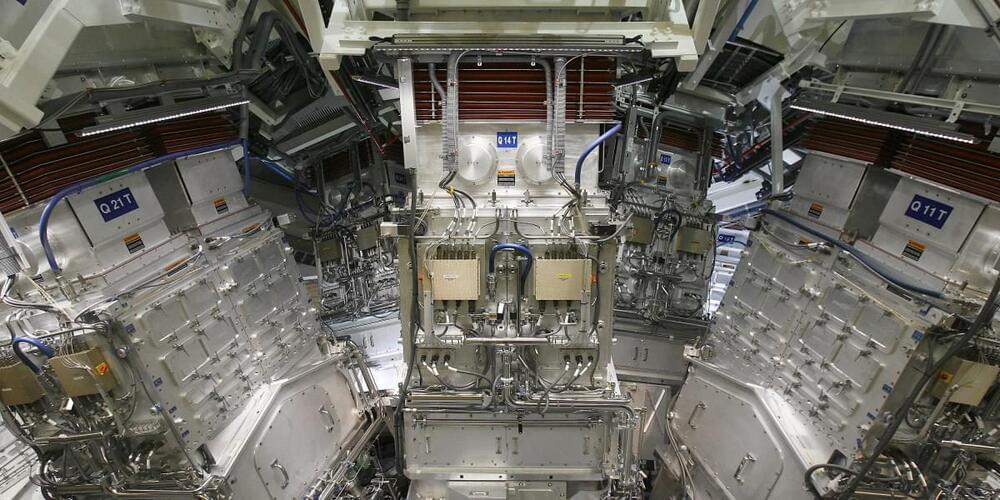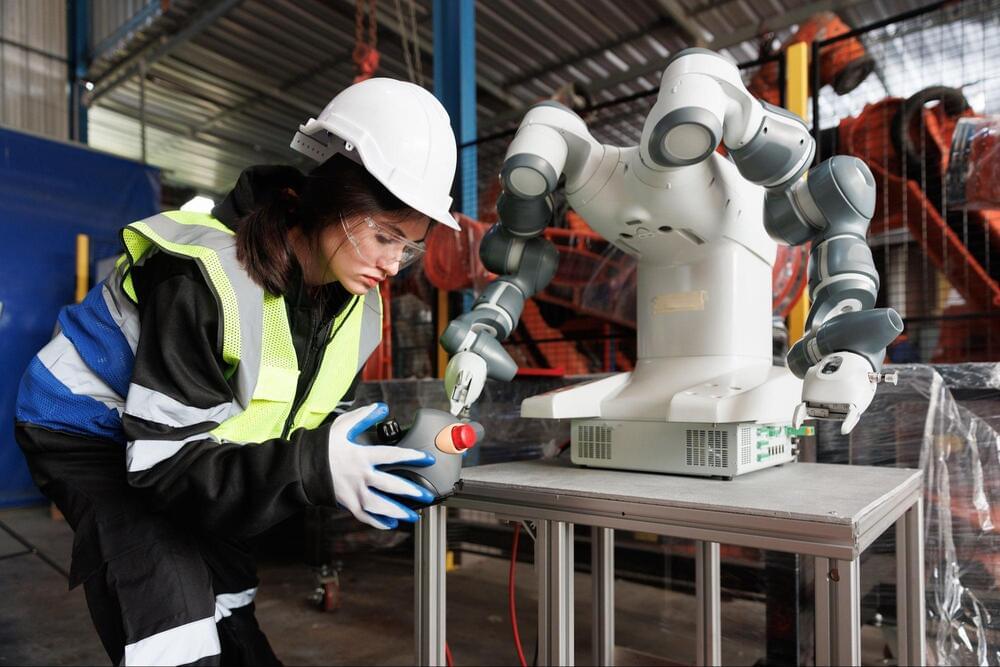The Federal Communications Commission (FCC) has announced a record-breaking $299,997,000 fine imposed on an international network of companies for placing five billion robocalls to more than 500 million phone numbers over three months in 2021.
The fined companies operated as Sumco Panama, Virtual Telecom, Davis Telecom, Geist Telecom, Fugle Telecom, Tech Direct, Mobi Telecom, and Posting Express.
“The enterprise violated a multitude of robocall prohibitions by making pre-recorded voice calls to mobile phones without prior express consent, placing telemarketing calls without written consent, dialing numbers included on the National Do Not Call Registry, failing to identify the caller at the start of the message, and failing to provide a call-back number that allowed consumers to opt out of future calls,” explained the FCC press release.









